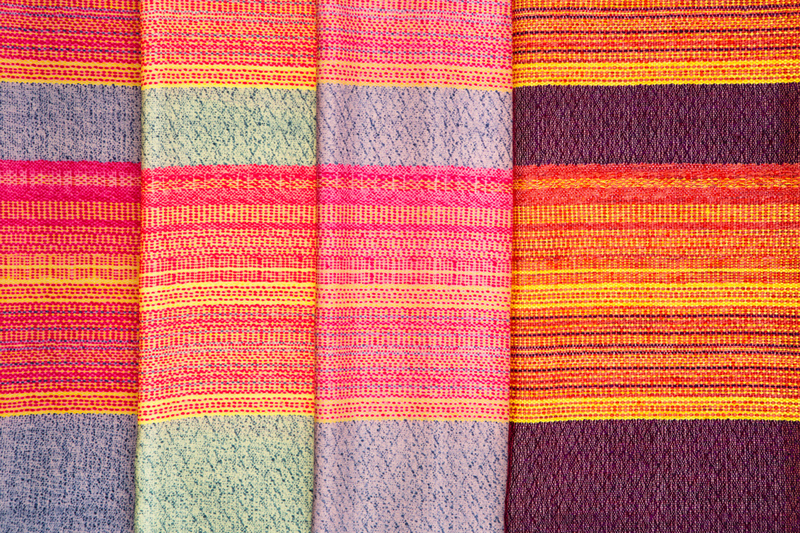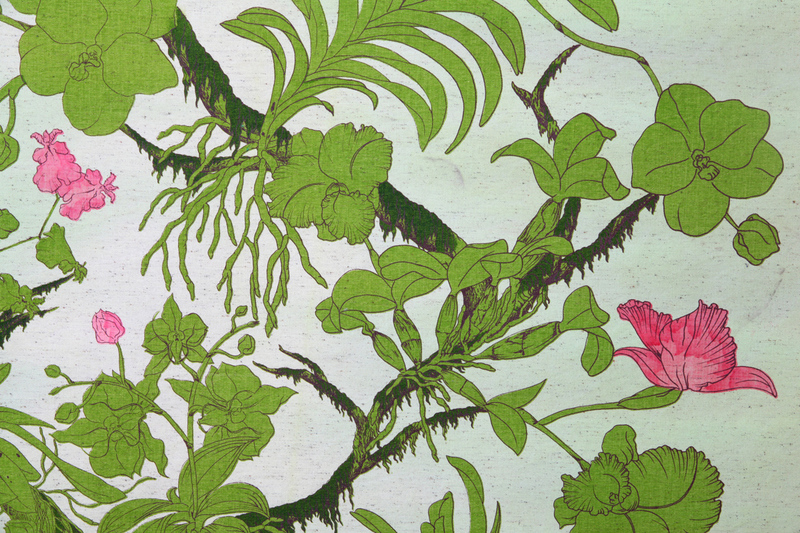Department of Textile Design
Department Head: Mr. Michael Keidar
Study Term: Four Years
The Department awards its graduates with a Bachelor of Textile Design degree
Textile design focuses on the planning of a fabric’s structure (whether woven or knitted, non-woven or lace, etc.), the designing of the pattern on the fabric’s surface (print, embroidery etc.) and the development of textile products for a wide variety of applications and fields, from fashion and interiors to art.
The field interweaves traditional crafts, advanced industrial design and development and production of smart materials using high-end technologies. The integrative and fundamentally interdisciplinary nature of textile design is expressed in the close link between experimental creative ability, visual and material research and technological knowledge and skill.
These foundations are derived from the rich history of the world's various textile cultures. Being a basic commodity, textiles are involved in the extreme situations and states of transition of human life (birth, puberty, marriage, death and others) and is one of the first attributes of a civilization. Textiles are suffused with cultural meanings, reflected in their appearance and construction. In today’s world, textiles have become an important practice in contemporary art and in critical debates exploring the boundaries and links between art, craft and design.
The studies in the Textile Design Department prepare its graduates for this complex world by developing a unique dialogue between materials and ideas: the highly skilled art of designing a textile structure (woven or knitted) works in high resolution in reference to the structure of the material, including the establishment of its parameters and through them, leading to the final product; the designer focusing on the printed surface of textiles will concentrate on developing a visual and contemporary formula that will be conveyed through the textile and in line with it’s final purpose, all the while reinventing and redefining the familiar textile surface.

The constructed textile and the “flat” textile surface are part of the same material and cultural fabric, and for this reason it is imperative for a designer to have a good working knowledge of their individual properties and their respective manufacturing methods.
This combined understanding, together with a deep research of the visual and materialistic world of our times, gives way to a new way of thinking that allows for exploration of questions of sustainability, production methods, complex geometries and soft interactive interfaces. Having said this, the classic world of textiles, a world of motifs and colors, of designing high- quality collections for fashion or interiors, remains as alive and relevant as ever.

For more information and registration contact the Information and Registration Center at 1-800-55-1111 (24-hour human response) or submit details on the attached form and a study counselor will contact you as soon as possible:
